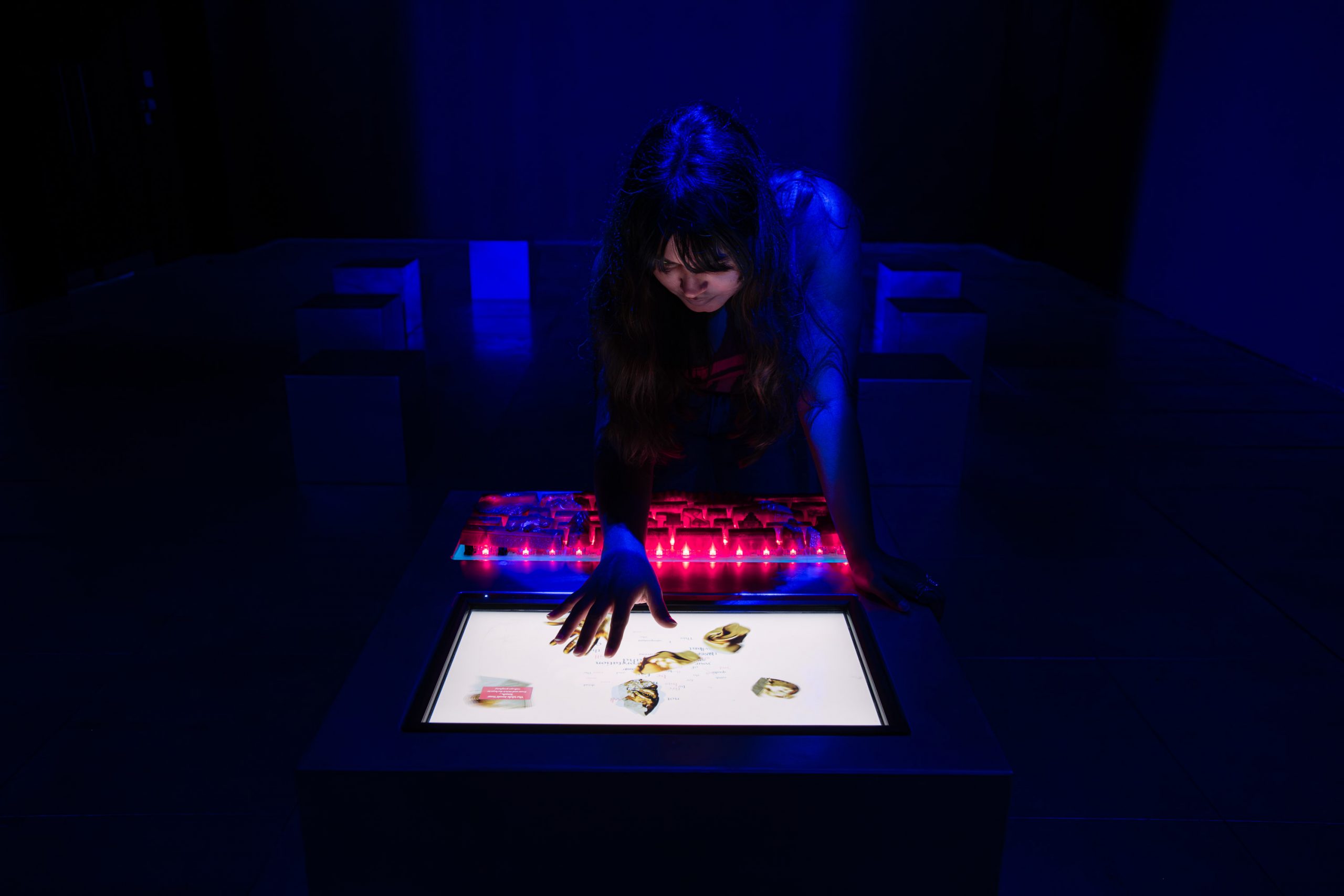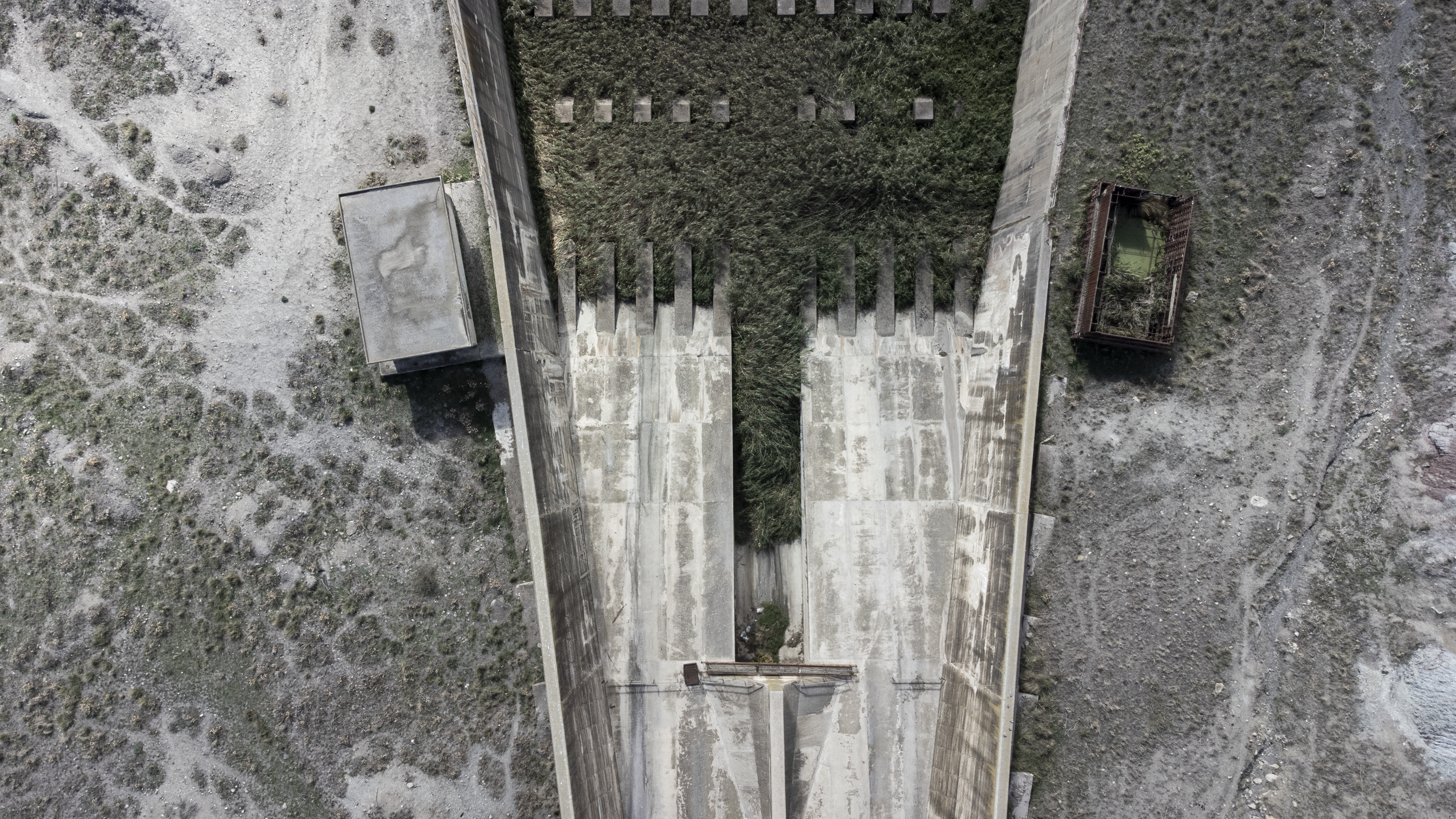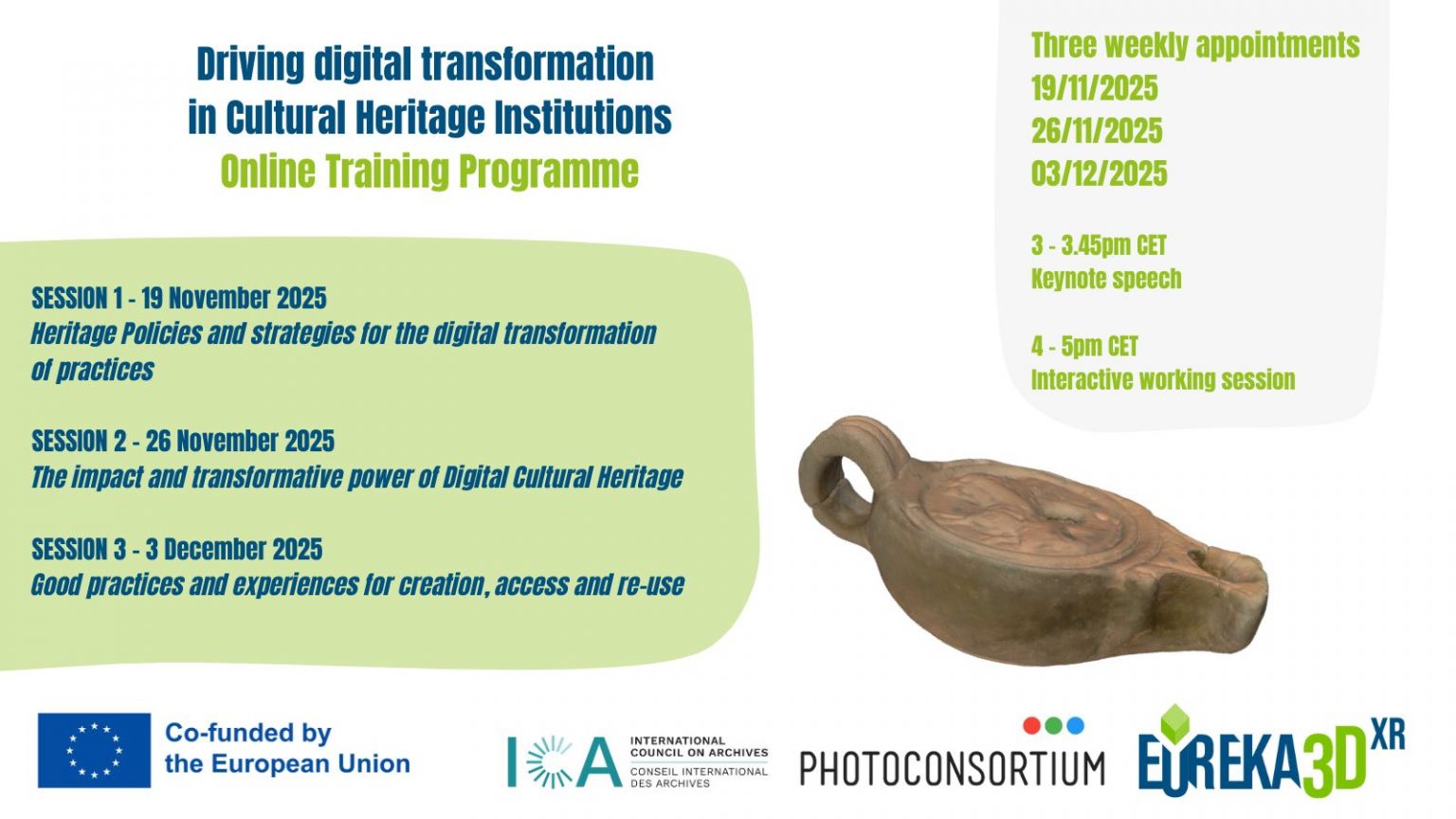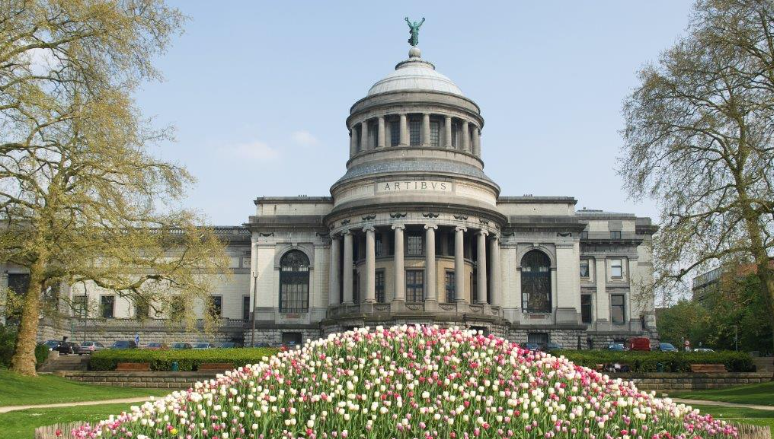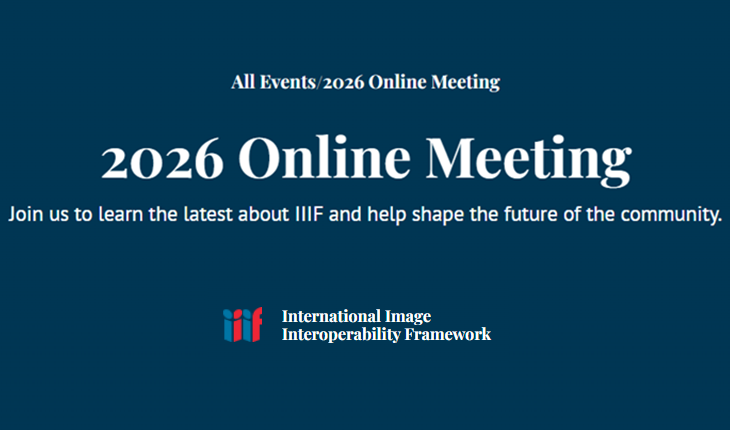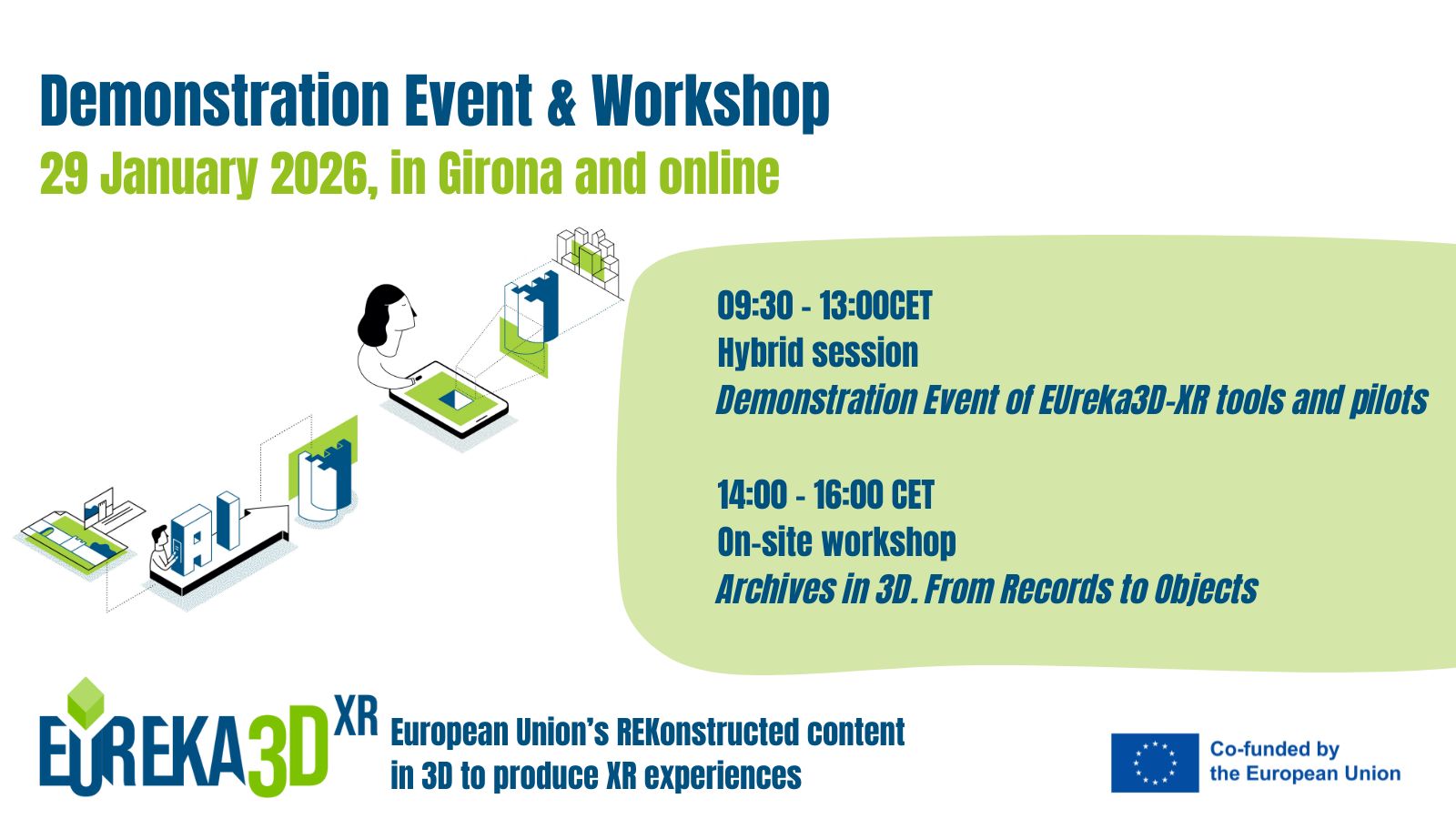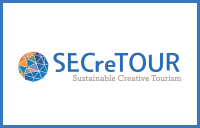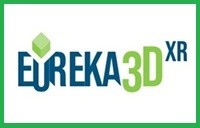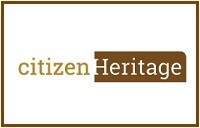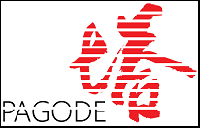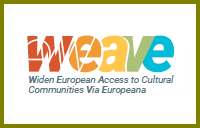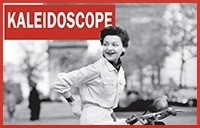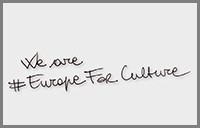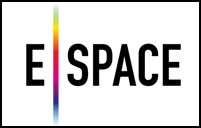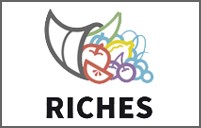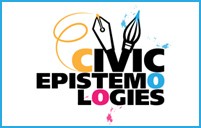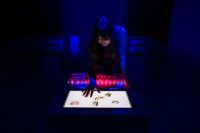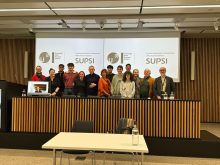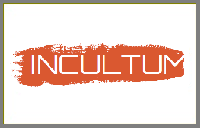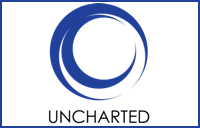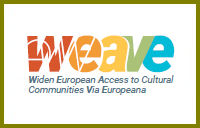Login Status
-
Free text
UPCOMING EVENTS:
 Bursa, 16-17 September 2025
Bursa, 16-17 September 2025The SECreTOUR project participated in the Summer School organised by the REMODEL project on 16-17 September 2025 in Bursa, Türkiye. The REMODEL Summer School «Innovative Business Solutions for the Food and Beverage Industry» was held at the premises of the … Continue reading →
 Brussels, 23-26 January 2026
Brussels, 23-26 January 2026We’re excited to announce the 3D-4CH Winter School, taking place from 21 to 23 January 2026 at the Royal Museum of Art and History in Brussels. This three-day event is tailored for cultural heritage professionals, from museum teams to digitisation … Continue reading →
Tag: digital technology

Learning on Screen is a UK charity and membership organisation specialised in the use of moving image and sound in education and research. The organization is exploring the potential in its archive of over 2.4 million television and radio broadcasts … Continue reading

EMOTIVE storytelling for cultural heritage, is an EU funded Horizon 2020 project which seeks to develop emotionally-resonant digital experiences for visitors at cultural heritage sites; the basic premise of the project is that cultural sites are highly emotional places. From … Continue reading

‘What’s next?’ for the museum sector? The Europe’s major conference on the future of Museums call for papers is out. The 2015 edition of MuseumNext will take place in the Swiss city of Geneva between April 19–21. Updates and latest news about the event at Facebook, Twitter and Linkedin. Continue reading
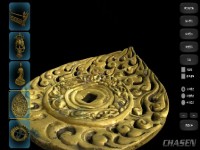
As digital technology evolves, 3D data is increasingly preferred as a method of preserving cultural heritage artifacts. It provides an easy way to get in touch with them and significantly reduces the need for physical storage space, offering to museums a portable and accessible platform to exchange information and to researchers the possibility to easily browse and review the materials. Continue reading


